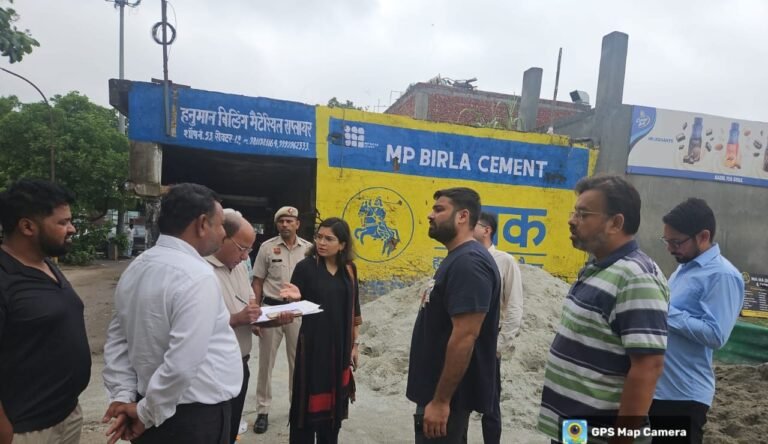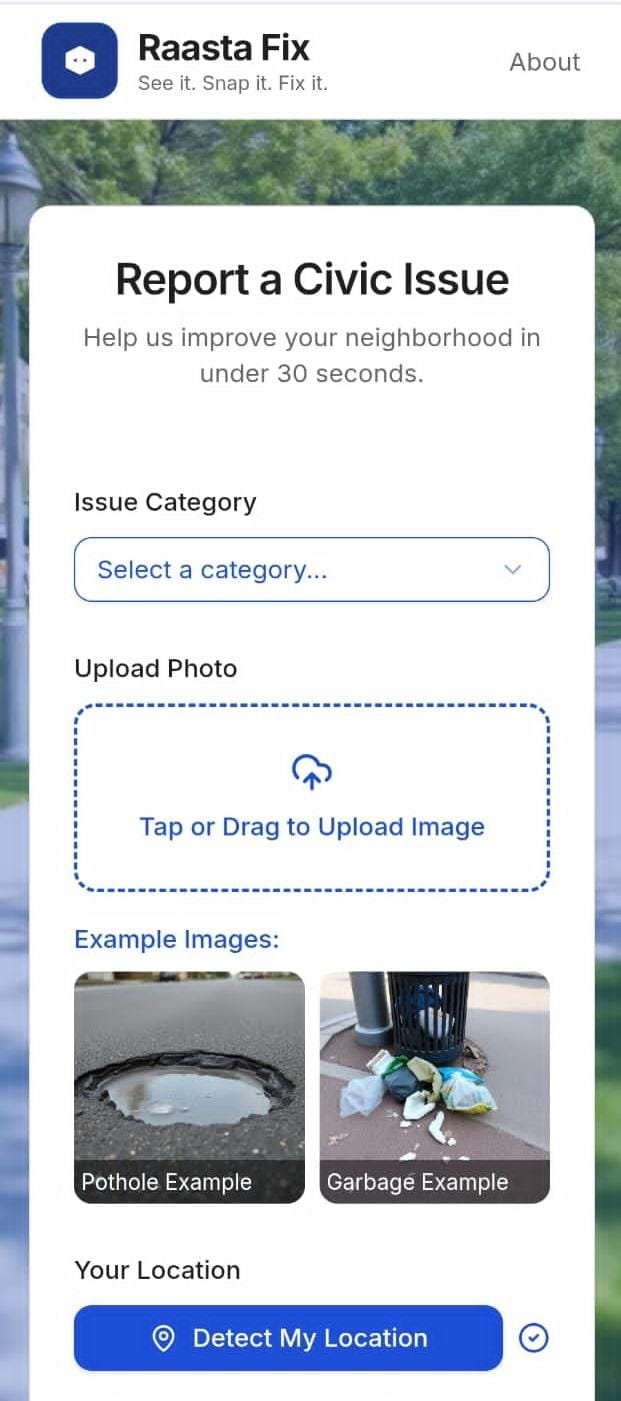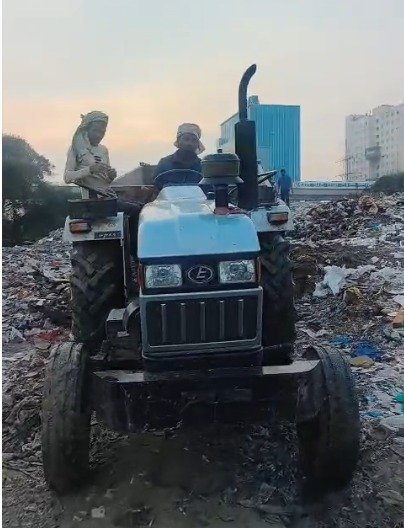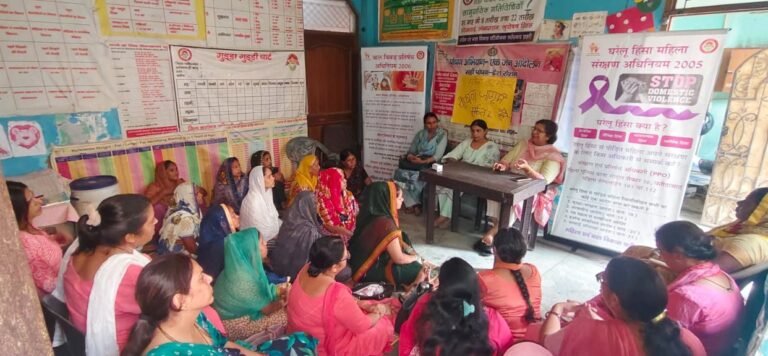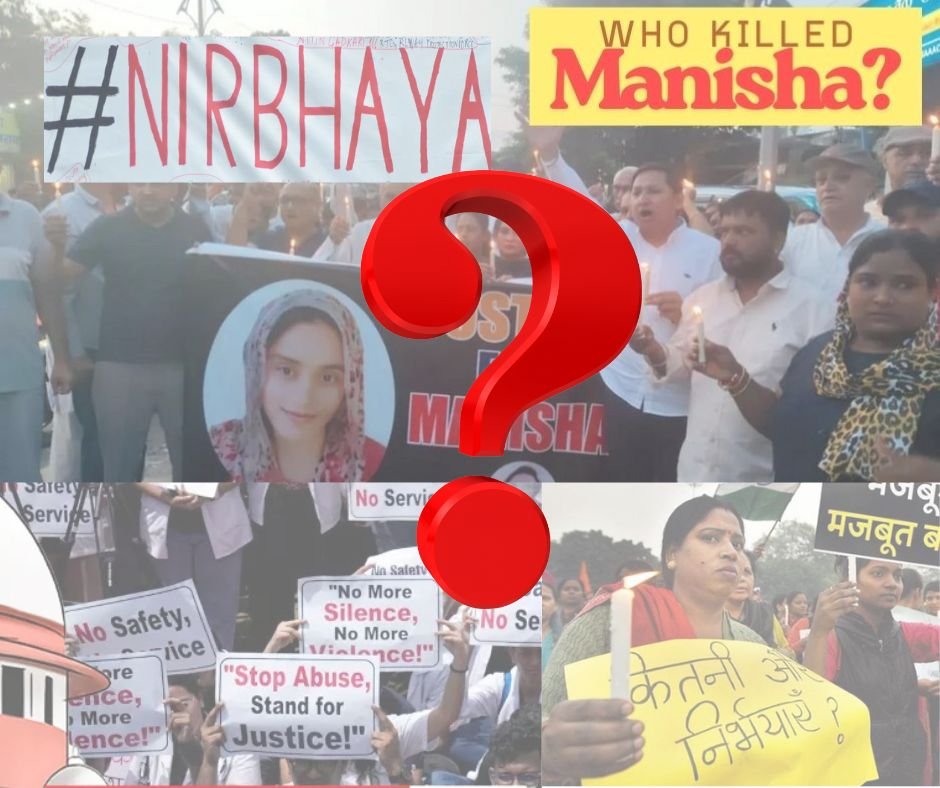
Where Is Nirbhaya’s India?
By Paridhi Dhasmana | Gurugram
The question is as uncomfortable as it is unavoidable: Are women in India truly safe? Ten years of promises, funds, helplines, and candlelight marches later—the answer is still a resounding no.
From Nirbhaya in 2012 to Handcuffed Hathras in 2020, from Manipur’s horror in 2023 to the RG Kar hospital disgrace in 2024, and now, the mysterious death of teacher Manisha in Haryana (2025)—the names change, the dates shift, but the headlines remain hauntingly familiar.
The government flaunts the Nirbhaya Fund and boasts of helpline 181. Reality? Courts crawling at a snail’s pace, convictions rare, and police accused of cover-ups instead of crackdowns. Hathras still reeks of collusion, RG Kar still festers with unanswered questions. And when 31% of our lawmakers themselves face criminal charges, who exactly is expected to safeguard women—the wolves or the watchdogs?
The numbers scream louder than the slogans. NCRB data shows 4 lakh crimes against women in 2019, ballooning past 4.6 lakh in 2023. And those are just the reported ones. What about the silenced, the buried, the brushed under the rug?
Citizens know the truth better than the men in power. Yashika, a young professional, walks with pepper spray in her bag because “safety doesn’t exist—in metros, highways, or shops.” She laughs bitterly at the much-hyped helplines: “Sometimes they pick up, sometimes they don’t. Justice lasts two days in the news, then it dies.”
Sheena, another Gurugram resident, points to the rot: “High-profile cases vanish under political pressure. The response is sluggish, the authorities detached. We need accountability—not announcements.”
Others echo the same anger. Yogita bluntly says laws are “ink on paper,” comparing Haryana’s inertia with Uttar Pradesh’s harsher action. Renu believes the system bends to “big people,” silencing even those who dare to speak up.
And then there’s the rare voice of cautious optimism—like Sunita, who credits awareness campaigns and apps, but even she admits justice remains painfully delayed.
So here we stand, in 2025, still haunted by the same headline written in 2012. A nation that promised women justice, dignity, and freedom is still fumbling in the dark.
When women clutch pepper sprays like lifelines, when families doubt the police more than the predators, when rising data mocks falling promises—how long before India admits its truth?
The verdict from the ground is clear: laws may exist, but trust doesn’t. And until women can step out without fear, India has no right to call itself Nirbhaya’s nation.



